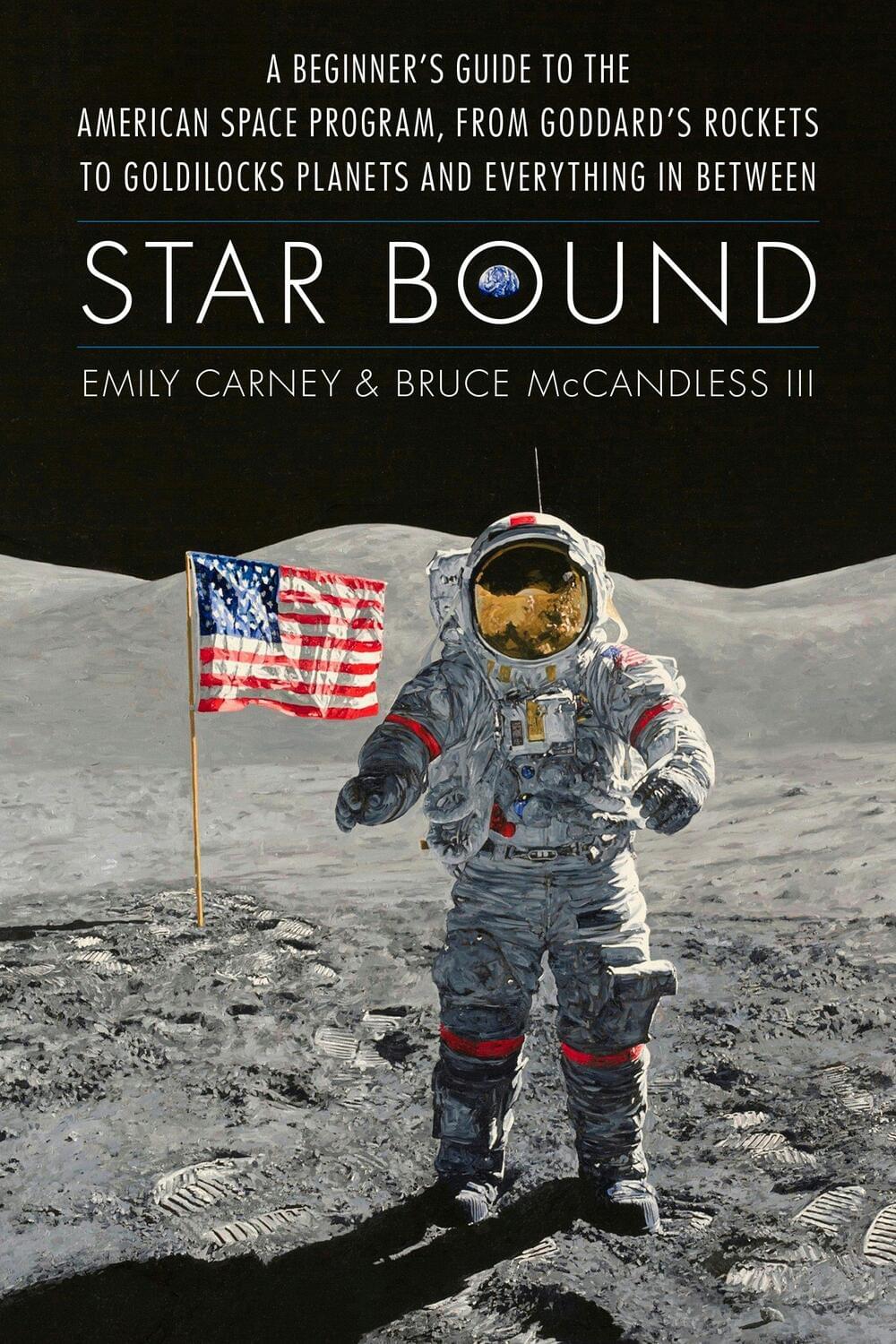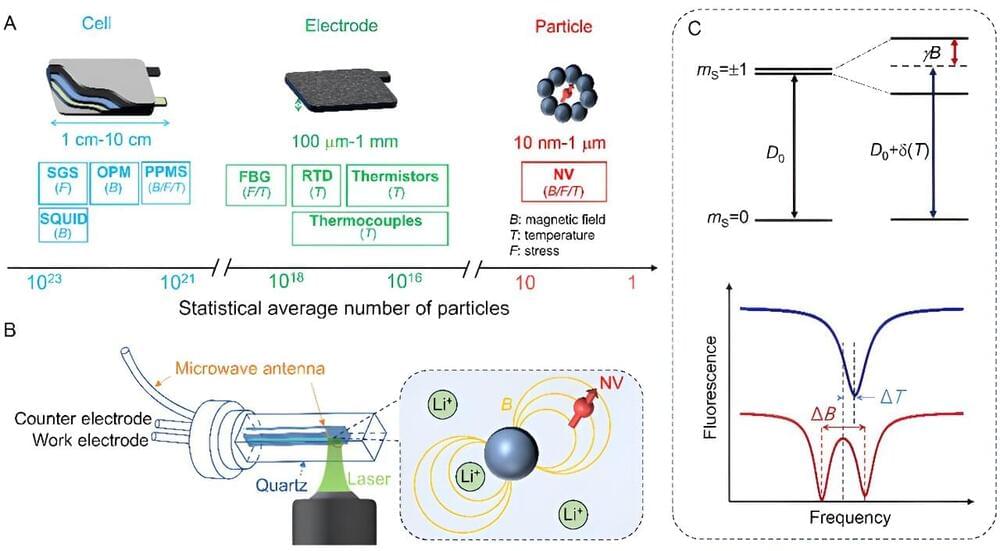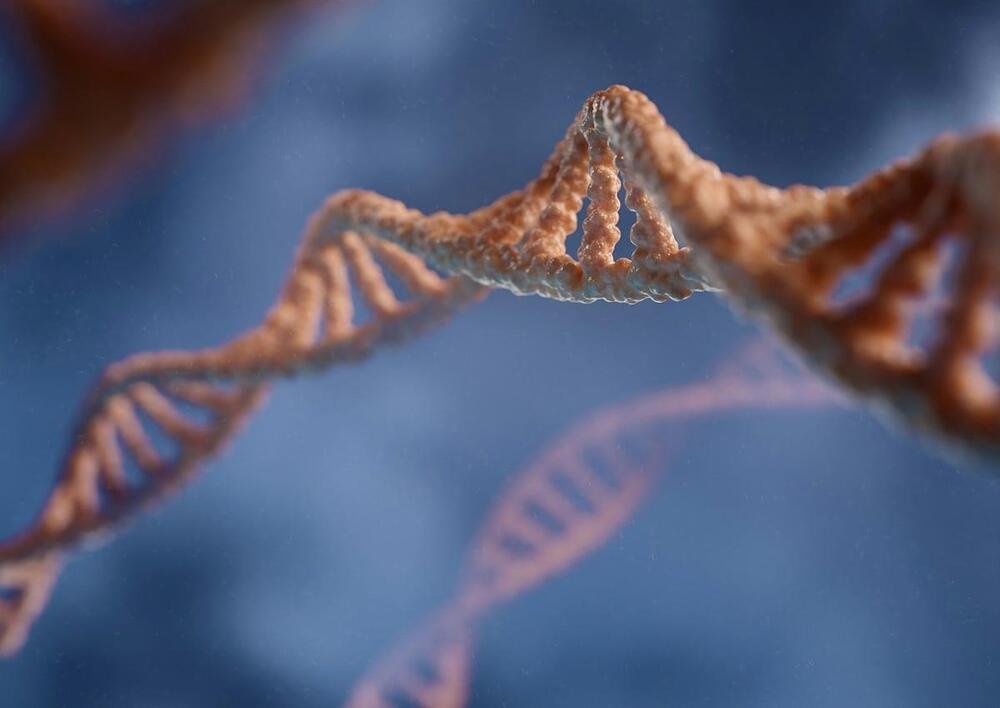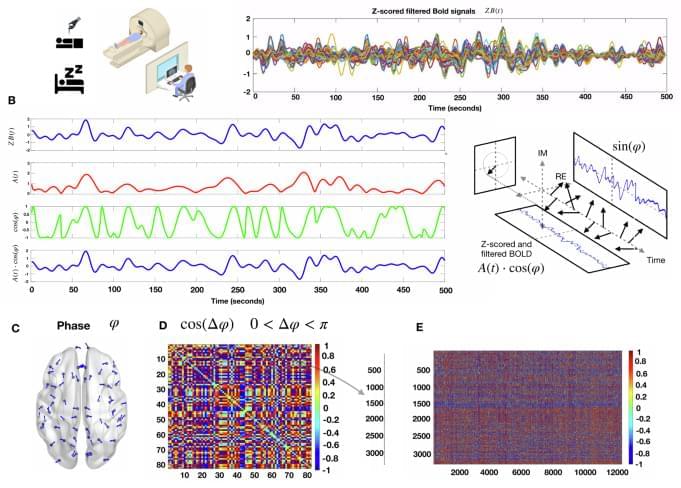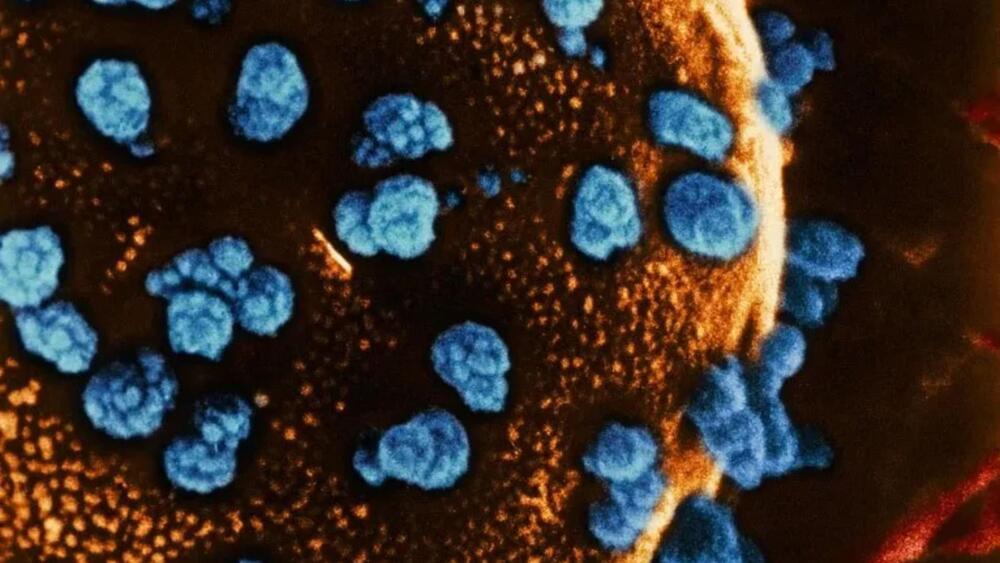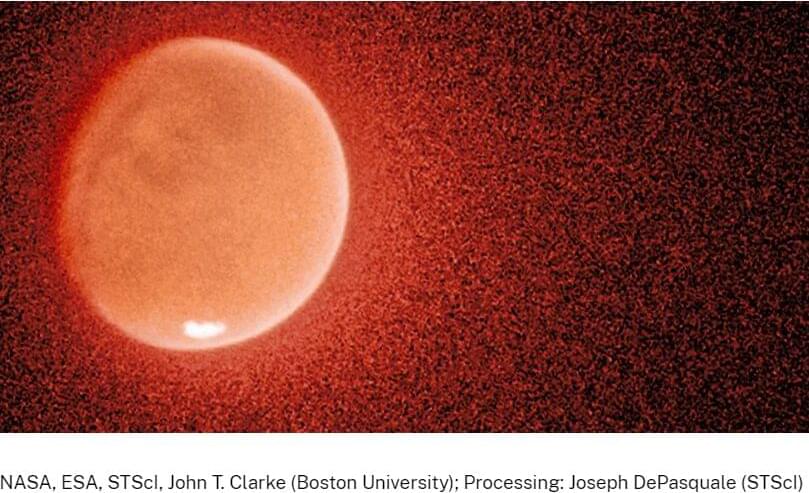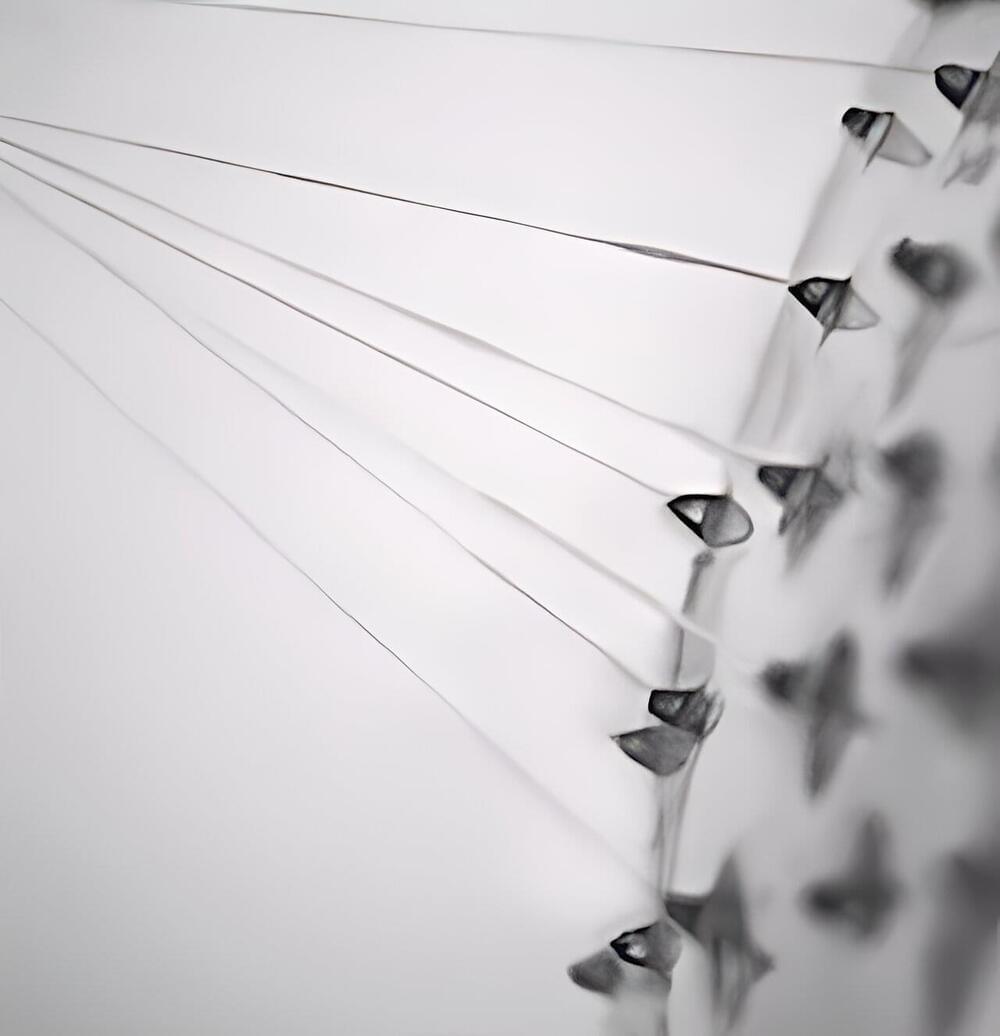Sep 30, 2024
Universal Productivity Dividend: Could This Work for the AGI Era?
Posted by Shailesh Prasad in categories: employment, robotics/AI
I’m diving deep into the concept of the Universal Productivity Dividend, a potential solution and alternative to UBI for the coming overhaul of the world’s entire socioeconomic system, when total job automation occurs.
We’ll explore what UPD is, how it works, and whether it could be the key to a more equitable future.
Continue reading “Universal Productivity Dividend: Could This Work for the AGI Era?” »

